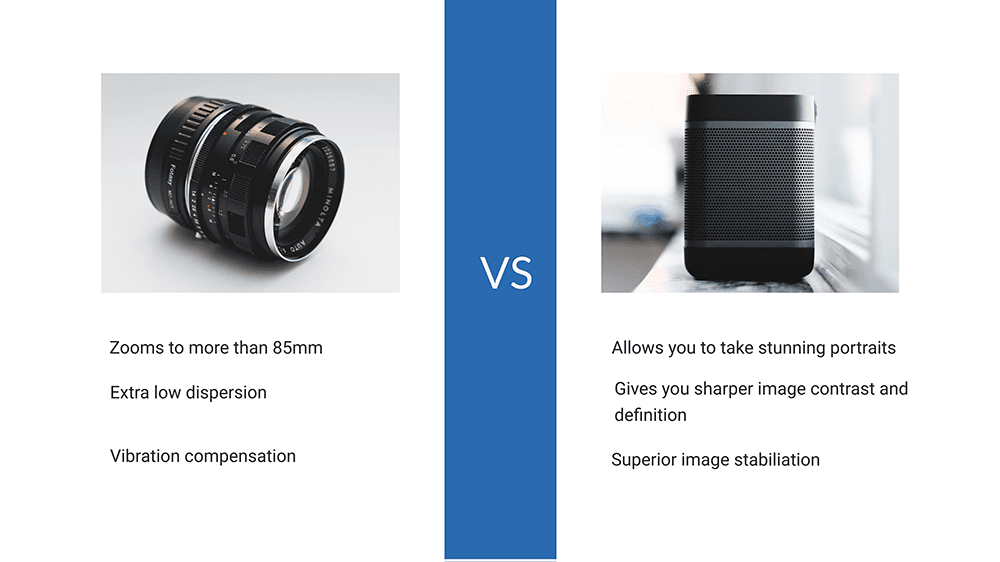So, you have written dozens of proposals, and you are sure that you know what you are doing. And, chances are, you probably do. But, despite having an excellent “go/no go” system in place and having dedicated enough resources in the capture phase, your win rate is still under 30%. Regardless of your writing talent, you cannot rely solely on your skills to create high-quality content. Therefore, to excel as a proposal writer – and increase your win rate, you need to employ marketing techniques that make your text more engaging and informative.

Know the most important marketing word
(hint – it’s all about the pronouns)
Do you know what the most used pronoun is in the English language? You guessed it: I. I am the most important, and therefore the most spoken about and widely written. The proposal reviewer believes this to be true, and of course, the proposal review is mostly scoring the proposal in line with the donor’s persona. So, what you will need to do if you wish to score points is to write you (or in this case, Donor X) more often than you write I (or in this case, Organization Y).
So, for example, consider these statements:
A. “For the past 30 years, we have been helping smallholder farmers prosper, and we have perfected our skills and tools.”
Vs.
B. “Madame Donor can feel confident that smallholder farmers will prosper in this project because we have spent the last 30 years helping X number of farmers and have seen them increase their livelihoods.”
Do you see the difference? How many organizations have responded to this RFP and have written a sentence similar to sentence A? Probably all of them. But how many have turned the statement around to the donor (and with emotional touchpoints)? How many have put the donor and beneficiary in front of their organization? By using the same psychological trick that marketeers use, you, the proposal writer, will have an edge on your competition.
By using the same psychological trick that marketers use, you, the proposal writer, will have an edge on your competition.
Here is another example. How do you explain to the donor that your organization is qualified for implementing this project? Most proposal writers will draft this or something close to it:
A. “Mr. Donor, we are best positioned to implement this project because we have robust experience in Ghana.”
But consider the following:
B. “In this project, we will ensure that you, Mr. Donor, are meaningfully involved from design to kick-off to midterm review, and throughout the project’s lifecycle. Mr. Donor will benefit from the exposure that we intend to give the project since we have close relations with in-country media due to our presence in Ghana.”
In the second example, you are addressing the donor’s pain points: their need for both visibility and inclusion (considering that this is one of its concerns). You are also telling the donor organization how they will benefit by choosing you over another organization. By writing how a donor will benefit (as well as beneficiaries), you change the tone of the proposal and, most likely, your win rate.

It is all about the benefits
Often proposal writers go in to elaborate detail about the features of their program. While it is essential to speak about “how” you will implement that program and the programmatic approach you’ll take, you would be amiss if you are not juxtaposing the features (“how”) with the benefit to the beneficiary and the donor. Below is an example of features vs. benefits. Unless you’re a photographer (amateur or professional), you wouldn’t know why having the zoom lens to more than 85mm would be beneficial. A good marketer would weave the features and benefits into their messaging.

So, how would this look for a proposal writer? Let’s suppose your organization trains trainers via internet technology. What you could say, is that “By using our e-training approach (which incorporates adult learning principles), participants can self-pace their learning, re-review material, and achieve a higher knowledge retention rate.” Notice how the features and benefits are woven into the sentence? To add an extra punch, you could cite statistics of the efficacy of this approach.
A good marketer — therefore a good proposal writer — would weave the features and benefits into the messaging.

Get active
One of the most critical rules in marketing is to use the active voice. I have reviewed so many proposals where the writer mostly used passive voice. The effect on the reader is dull. You might be asking yourself: “What is the active voice?”. It is rather simple. While the active voice put the emphasis on what the subject does, the passive voice focuses on the action.
For example:
Active: Jim picked up John. Vs. Passive: John was picked up by Jim.
One of the most critical rules in marketing is to use the active voice. […] Nothing inspires confidence in a donor like a strong statement!
By using the active voice more often, you are more direct in your message as your sentences are shorter. As a result, you engage more (and better) with the reader. In addition, active voice writing sounds capable and direct. And, nothing inspires confidence in a donor like a strong statement! On the other side, passive voice writing is often described as sounding dense and literary, which tends to deter your reader from engaging further with your content.
So, are you ready to move from being a good proposal writer to an excellent one? Think and write like a marketing professional!
stay up to date
We have at heart to be a resource to you. According to your preference, we will share insights, trainings, networking events and career opportunities that might be of interest for anyone from entry-level to seasoned professionals.
Contact
Phone
+31 (0)6 30 69 45 95
Address
Eursinge 8, 7935AB Eursinge (de Wolden), The Netherlands
228 East 45th Street, Suite 9E New York, NY 10017, USA
info@hvfc-international.com
Join us on
© 2024 HVFC International. All rights reserved.
HVFC ® is a registered trademark of HVFC International B.V.


